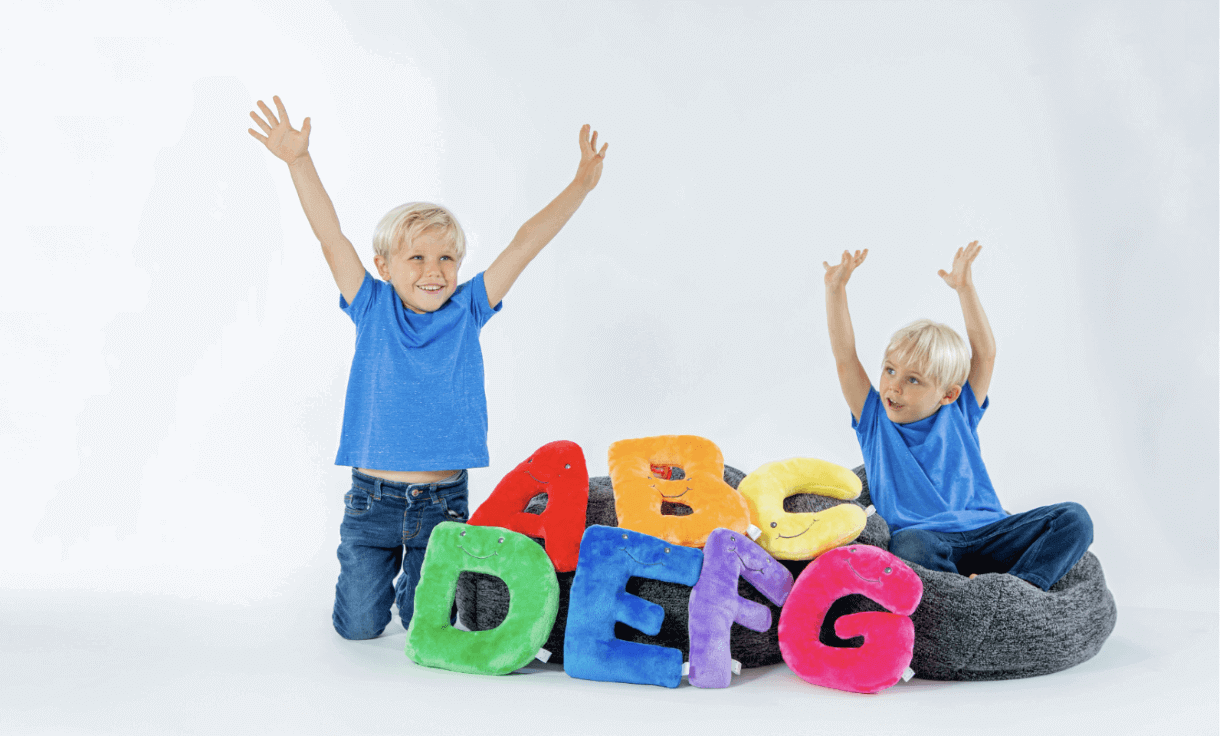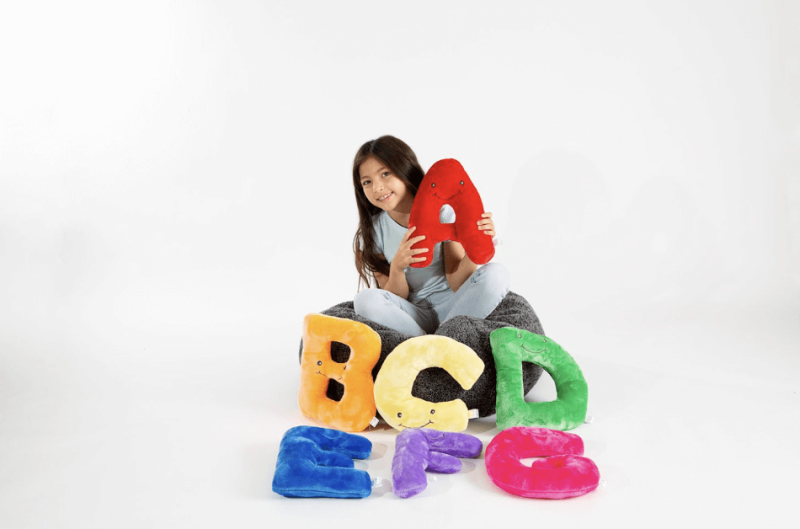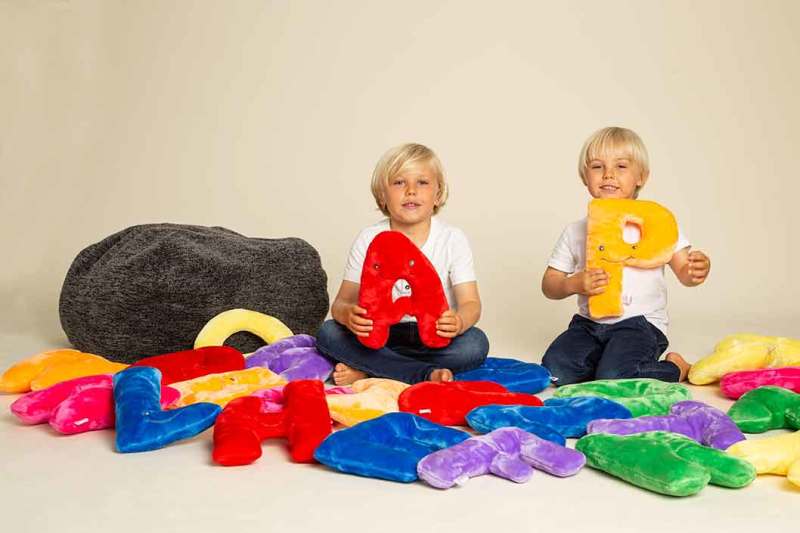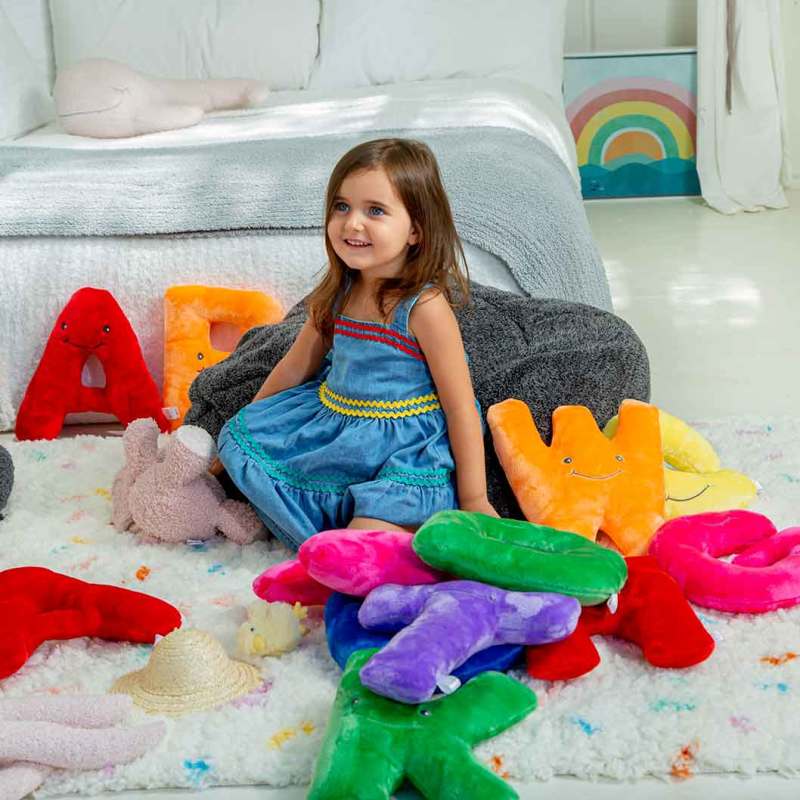
How Autism Affects Learning in the Classroom
December 01, 2023
Autism spectrum disorder (ASD) can profoundly impact a child's learning experience by hindering their ability to process academic instruction and develop language and communication skills. Research shows that about 60-70% of people with this neurological disorder are often at risk for learning disabilities.
By understanding autism barriers to learning, educators can adopt strategies to help autistic kids overcome developmental delays and learning difficulties. Speech-language pathologists (SLPs) can work with teachers to help students on the spectrum cope with various autism learning problems, including communication issues, poor social interaction and repetitive behaviors.
Read on to learn how autism influences learning and the role teachers can play in helping children with autism build up cognitive, social and language skills.
Social Skills
An inclusive classroom environment can enhance participation and improve outcomes like happiness, friendships and school attendance rates.
Inclusion within the classroom has universal benefits for kids on the spectrum, as it facilitates real-life social and communication skills practice. Fostering inclusion also improves educational outcomes by motivating students to share ideas and embrace diversity.
Teachers can be integral in enhancing self-awareness and social interaction during learning. For example, they can use positive behavior support strategies like praise/rewards to reinforce positive behaviors such as cooperation and communication.
Students with autism can interact more with their peers if equipped with varied strategies to navigate everyday social situations. Teachers can use personalized video aids to help autistic students break down abstract social concepts and learn how to handle different social scenarios. Moreover, some kids can benefit from learning in social skills groups that encourage interaction and provide structure and predictability.
Information Processing
Autistic children have developmental challenges that affect how they process academic information. Therefore, teachers should adopt practical teaching methods that cater to different learning styles to help students deal with their unique autism learning problems.
Educators can adapt teaching materials to the unique needs and abilities of autistic learners in various ways. For instance, introducing multimedia alternatives like PowerPoint and FlipGrid during lessons can improve understanding and engagement. Moreover, tools like computers and word processors can provide alternative ways for students to access and interact with different lesson materials.
SLPs specialize in offering interventions to address the language processing challenges that individuals on the spectrum face in the classroom. They can create therapy plans to help autistic kids articulate words better, make eye contact and initiate conversations with teachers and peers.
Teachers and speech therapists can work together to implement adequate structures and activities that facilitate information processing, interaction and overall learning development.
Sensory Issues
Children with autism are often unsuccessful in their academic pursuits due to sensory integration difficulties that make them uncomfortable in their educational environment.
A successful teaching strategy for autistic learners should integrate sensory-friendly adaptations to reduce sensory input that could impede learning.
To support the needs of students struggling with transitions, teachers may use visual clues or a timer to signify the start or stop of different activities. Students especially sensitive to sound can wear earplugs or headphones to minimize distracting noises. Meanwhile, classroom adaptations such as beanbag chairs and rocking chairs can help control sensory needing.
Additional strategies to address sensory challenges include allowing sensory breaks between tasks or dimming bright lights. Moreover, creating to-do lists can assist those with learning difficulties to stay on task and support the transition from school to home.
Speech-language pathologists support children with autism by helping create a classroom environment where learners can address sensory and communication challenges. SLPs often recommend solutions such as the Picture Exchange Communication System and behavior management strategies to ensure autistic students build positive social relationships and combat sensory processing issues.
Parents and teachers can help autistic children make significant progress in their education by introducing Alphapals, an alphabet learning tool incorporating literacy and social skills training.
Alphapals features plush alphabet learning toys that children with learning disorders can play with daily to learn about letters, numbers and colors. Interactive games on Alphaland provide visual and sensory support to help kids overcome difficulty with motor skills and grasp age-appropriate concepts in math, language and more.
Communication Challenges
Autism causes social and language development challenges that make it difficult for individuals on the spectrum to express their ideas or comprehend academic concepts.
Teachers and parents can adapt various strategies to break barriers to communication with autistic kids. For instance, playing fun educational games can encourage social interaction and help learners acquire skills such as interpreting subtle verbal cues and body language.
Effective communication plans for an individual with autism should primarily focus on their specific interests and passions to increase engagement levels. The programs may incorporate alternative communication methods such as gestures, picture boards and electronic devices to boost interaction and comprehension during learning activities.
Anxiety and Concentration
Individuals with autism often suffer from anxiety and concentration issues that cause difficulty making eye contact, staying focused, or responding to social cues.
Group activities or conversations can be a significant source of anxiety for those on the spectrum. These individuals may also experience anxiety and concentration lapses when arrangements and routines within the learning environment change frequently.
To help autistic children alleviate or manage anxiety, educators should strive to provide structured environments with predictable routines. Teachers should also engage students in high-interest topics/activities and provide clear and concise instructions during lessons. Moreover, kids with ASD tend to thrive when provided with a positive and supportive environment with minimal distractions.
Conclusion
By providing some high-functioning autism classroom accommodations or modifications, teachers can assist children with autism in overcoming learning difficulties. SLPs also have a role in creating individualized strategies that enable autistic learners to address academic deficits and pick up new language and social skills.
Early intervention and specialized instruction are vital in facilitating kids with ASD to control impulsive behaviors and develop strong communication skills. Teachers and families should create inclusive and supportive learning environments where kids can comfortably practice communication and interaction skills.
Tactile learning tools like Numberpals and Alphapals can help autistic students learn about numbers and letters more easily. These sensory toys also feature multiple interactive activities that can support the development of speech, motor skills, and cognitive abilities. Get your Numberpals and Alphapals sets today.









